How the full moons got their names, including tomorrow's rare Harvest supermoon
With a new full moon on the horizon, John Lewis-Stempel reflects on her many guises.
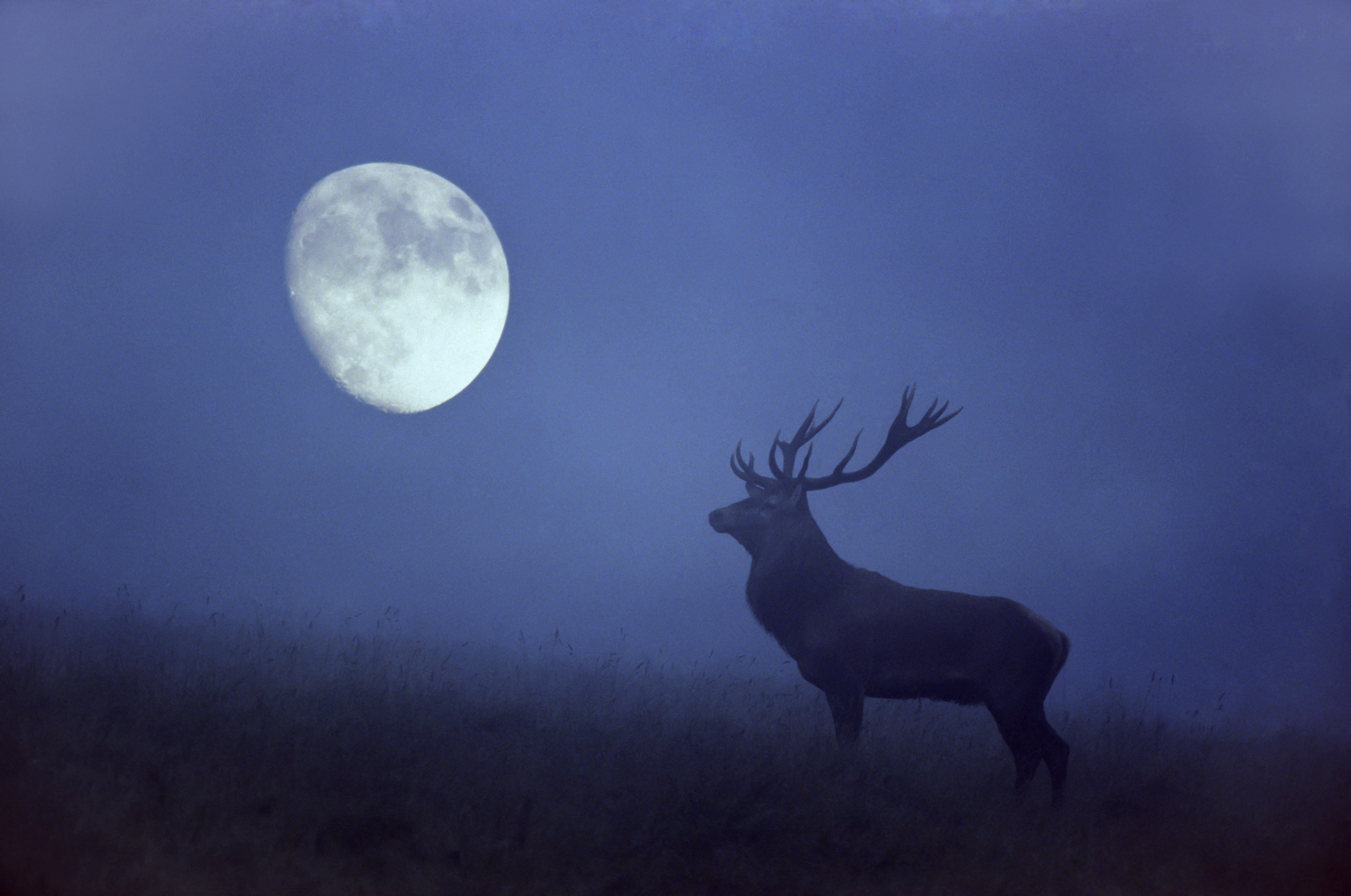

I've cut the corn by the light of the Harvest Moon and I’ve walked around the garden on the scented spring night of the Pink Moon. I’ve watched the fox’s silhouette prowl under the Wolf Moon and too often, under the stark shine of a Cold Moon, I’ve dispensed hay to snow-chested sheep.
Once, in the sort of strange synchronicity that happens only once in a Blue Moon, I was driving along in the Land Rover, through a flood, when Creedence Clearwater Revival’s Bad Moon Rising came on the radio. The river was, as the song had it, ‘over flowin’’.
The 2025-26 full moon calendar

- October 7, 2025: Hunter's Moon
- November 5, 2025: Beaver Moon
- December 4, 2025: Cold Moon
- January 3, 2026: Wolf Moon
- February 1, 2026: Snow Moon
- March 3, 2026: Worm Moon
- April 2, 2026: Pink Moon
- May 1, 2026: Flower Moon
- May 31, 2026: Blue Moon
- June 30, 2026: Strawberry Moon
- July 289, 2026: Buck Moon
- August 28, 2026: Sturgeon Moon
- September 26: 2026: Harvest Moon
- October 26: Hunter's Moon
- November 24, 2026: Beaver Moon
- December 24, 2026: Cold Moon
It’s almost lunacy, but bear with me as I explain why this band, Frank Sinatra and the hippies were right in their moon-lovin’. (For the sadly uninitiated, Pink Moon is a song by Nick Drake, Harvest Moon by Neil Young.)
Our modern Western method of measuring time, the Gregorian calendar, is derived from the solar cycle of the year, but, for other cultures, the moon was determinant. The flower people were seeking a time-keeping more ancient and wise, meaning the marking of the full moons of the year. Their inspiration was Native Americana — indeed, most commonly used full-moon names today are English interpretations of Native American names — but the clarity of the moon’s phases, the waxing and waning, the full moon every 29½ days, made the lunar cycle a convenient calendar for other old cultures, such as Celtic and Anglo-Saxon, and medieval English.
Full-moon names are syntheses of utility and poetry. Take Harvest Moon, the full moon that happens closest to the autumnal equinox. For several nights in a row, a full moon rises just after sunset and hangs fat and round and white in the sky — you can see every single line in your upturned palm.
Before headlights on combine harvesters, farmers took advantage of this floodlight moonlight to extend the scything of the crop, hence, technically, why it’s called a Harvest Moon. Yet this is a phrase full of fecundity, the chattering echo of Hardy’s labouring wights, moonshine on glinting steel, hares loping through stubble.
Full-moon names are confirmations of the workings of the Heavens — because as surely as the sun does rise, the full moon does shine — and of the traditional countryside ways. The Hay Moon was July’s full moon, when the meadow was cut, and the brilliance of the Hunter’s Moon of October was the sign for the family to prepare for winter, for father and son to shoot game for the larder, for the cottage fire to be stoked, for the poacher’s haunch of venison to be hung in the chimney for smoking.
The full-moon names, they memorialise, too, the natural calendar. The cruel coming of winter earned December’s full moon the name Cold Moon. January’s Wolf Moon was named by the Celts for wolves howling the lack of food in midwinter. (A sage people, the Celts also named the month’s full moon Stay Home Moon.) The last full moon of winter in March is the Death Moon in Old English. Happier, the Pink Moon of America’s April notes the blossoming of ground phlox and, elsewhere, a general sense of springtime rebirth, hence Egg Moon in Anglo-Saxon. May’s full moon is known in many countries as the Flower Moon. Across the pond, July’s warm full moon is Buck Moon, recognising the shedding of antlers by male deer. They say tomatoe, we say tomato.
However, little in the British experience prepares one for Americans calling August’s full moon Sturgeon Moon, after the profusion of this 200lb fossil fish in the Great Lakes. Our Anglo-Saxon forebears settled for the discreet Grain Moon. With the rewilding of Britain with beavers, we are able to join those stateside in referring to Nov-ember’s full moon as Beaver Moon. Another name for the month’s full moon is the meteorologically accurate Frost Moon.
The only disappointment in the naming of full moons is Blue Moon, despite the titular famous Sinatra song of loneliness and one true love. A Blue Moon is, frankly, a quite common-place phenomenon. The moon completes 12 full cycles of its phases in about 354 days — which is 11 days short of a calendar year. Every 2½ years or so, the difference adds up to an extra, 13th full moon occurring during the year.
It is this occurrence that is a Blue Moon.
-
 Moths, memories and surviving the Russian Revolution: that knackered old rug is worth saving
Moths, memories and surviving the Russian Revolution: that knackered old rug is worth savingDon’t consign that faded and tatty rug you inherited to the skip, warns Catriona Gray. A specialist repairer can work miracles on even the most unloved pieces
-
 An Arts-and-Crafts home that sits in prime position in the most exclusive (and priciest) road in Hampshire
An Arts-and-Crafts home that sits in prime position in the most exclusive (and priciest) road in HampshireWith its own private jetty on the Beaulieu River, The Rookery is a rare and beautiful home. Penny Churchill takes a look.
-
 An unfenced existence: Philip Larkin's love of the countryside
An unfenced existence: Philip Larkin's love of the countrysideRichard Barnett pokes at Larkin’s protective carapace of soot-stained gloom and finds a writer with an unillusioned yet tenderly perceptive sense of Nature, in all its beauty and indifference
-
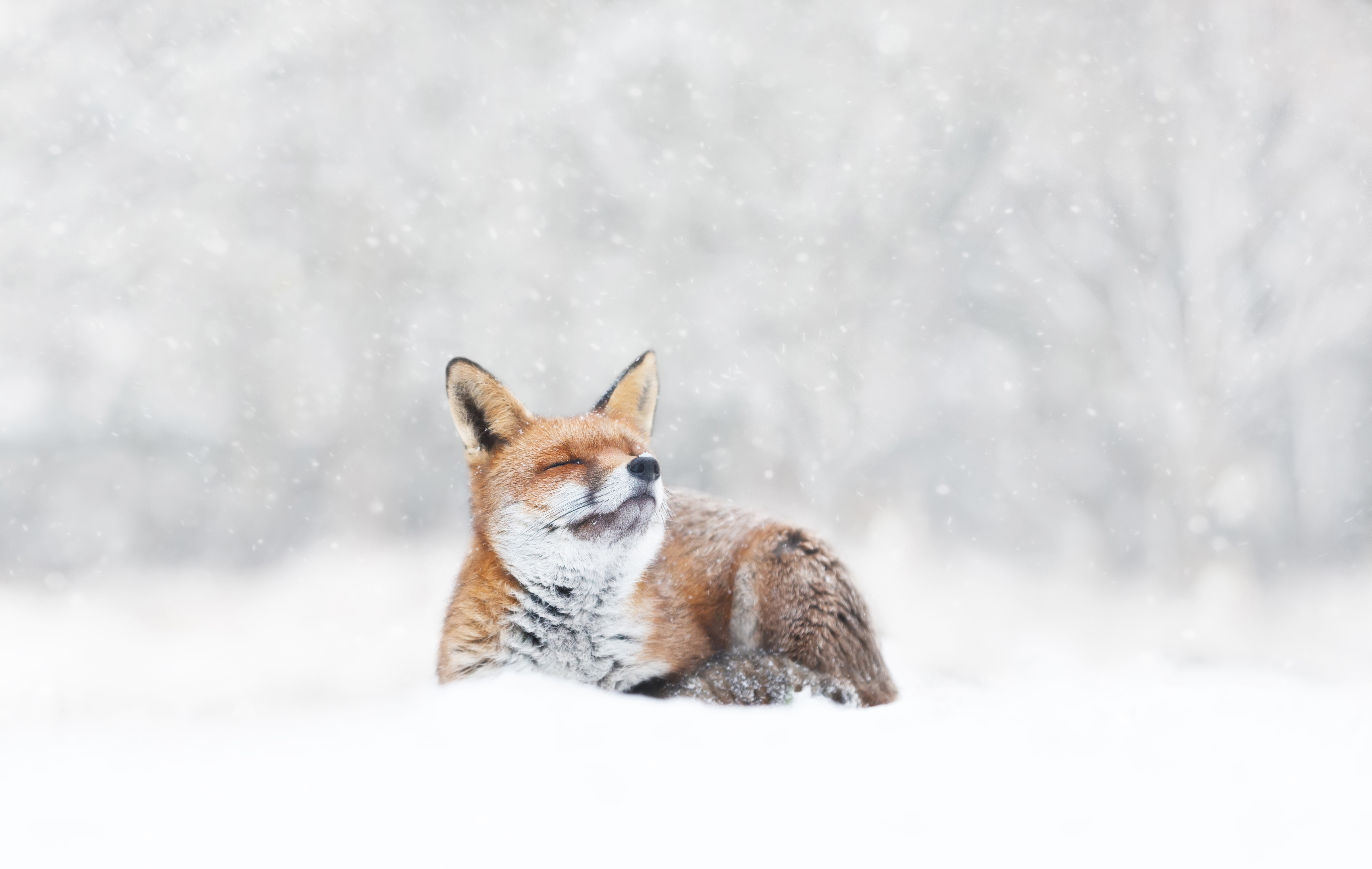 Baby, it’s cold outside (even if you have a natural fur coat): How our animals brave the winter chill
Baby, it’s cold outside (even if you have a natural fur coat): How our animals brave the winter chillWhen the temperature drops, how do Britain’s birds, beasts and plants keep the cold at bay? John Lewis-Stempel reveals Nature’s own thermals.
-
 Retro rubbish: Waste from the 90s unearthed in 97-mile-long beach clean
Retro rubbish: Waste from the 90s unearthed in 97-mile-long beach cleanThe 6,482 volunteers unearthed waste discarded decades ago among the 232,229 pieces of litter recorded during the initiative.
-
 Dangerous beasts (and where to find them): Britain's animals that are best left alone
Dangerous beasts (and where to find them): Britain's animals that are best left aloneJohn Lewis-Stempel provides a miscellany of our otherwise benign land’s more fearsome critters.
-
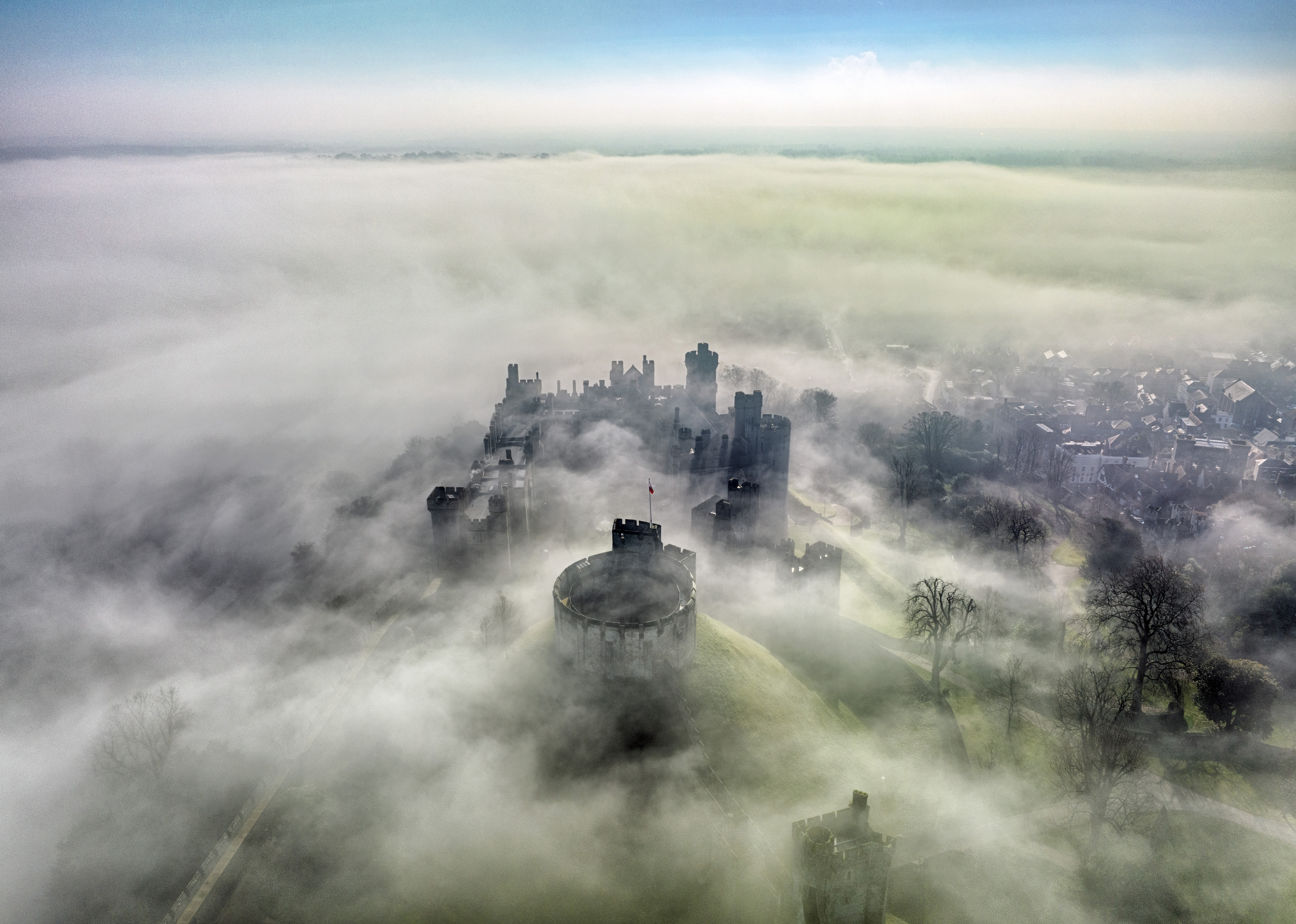 Mystery, muse and metaphor: There's more to fog than meets the eye
Mystery, muse and metaphor: There's more to fog than meets the eyeSmothering, transformative and beautiful, fog’s close-set shroud has inspired titans of literature, cinema and art — and forces the rest of us to look at the world a little closer.
-
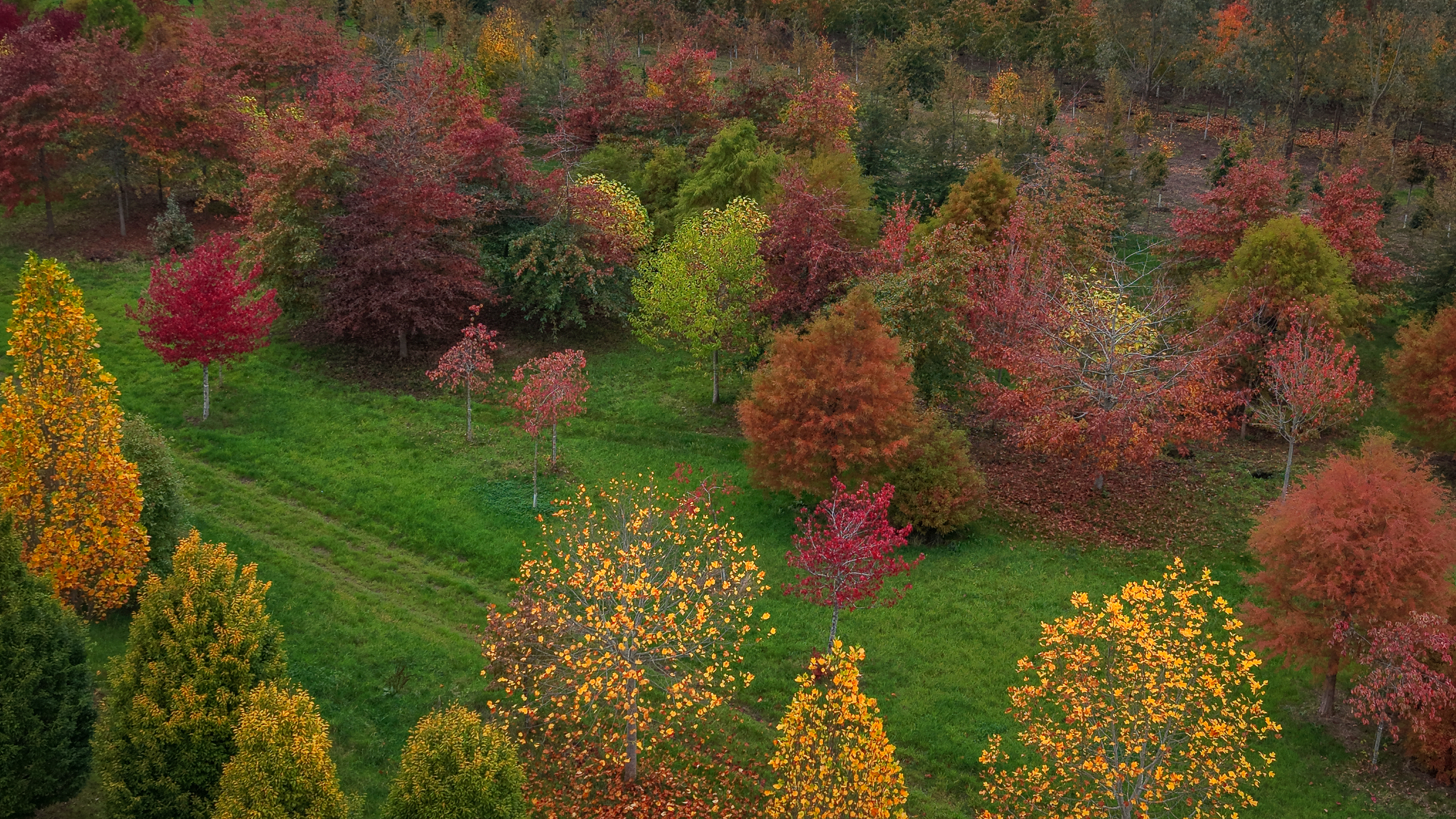 Take a bough: How — and why — you should plant a mature tree
Take a bough: How — and why — you should plant a mature treeFor instant impact in a newly landscaped garden, there’s nothing quite like planting mature trees or native hedgerow plants for transformative and long-lasting results.
-
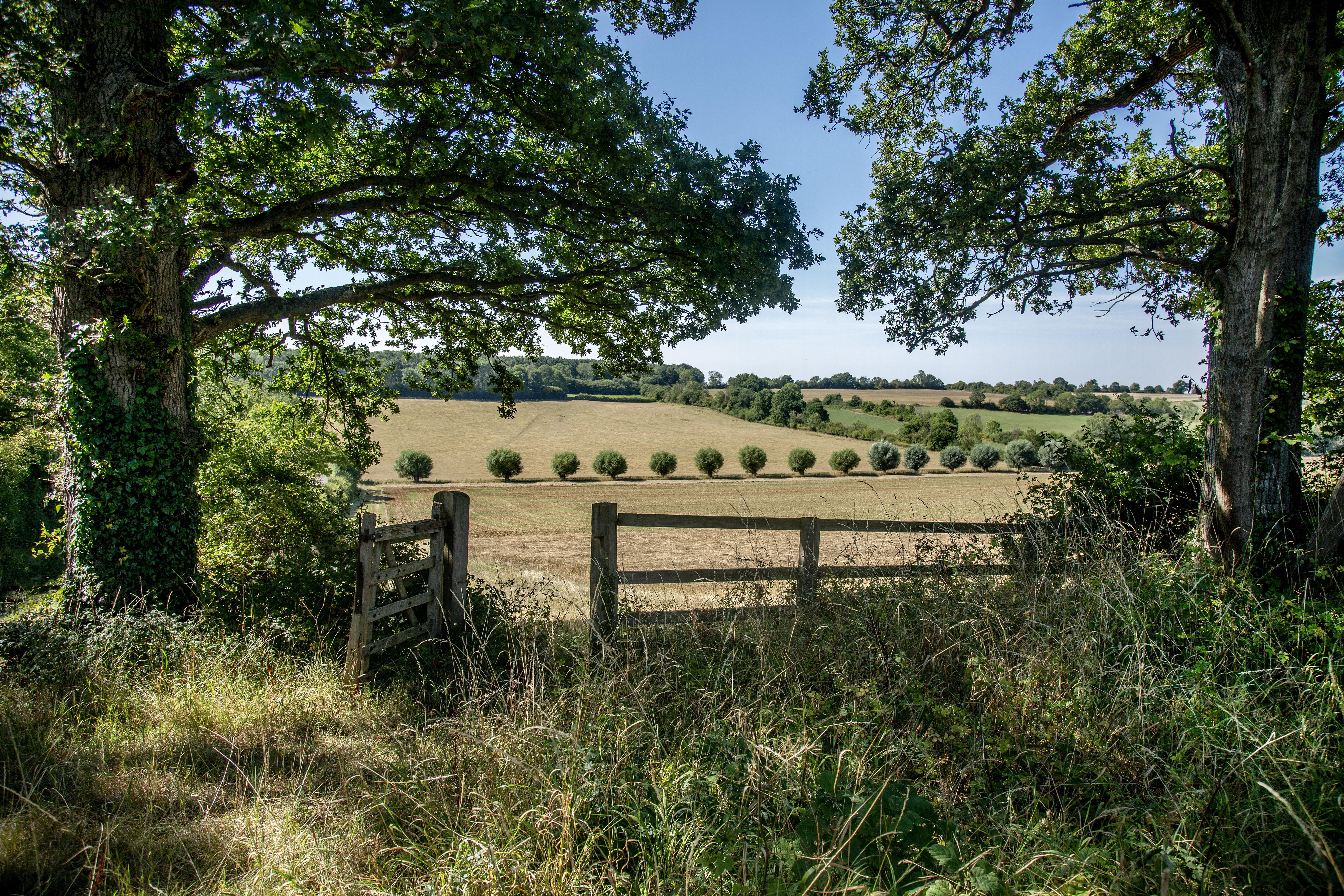 'The view changes with the seasons, so there’s always something new to see': David Beckham on one of his favourite sights in the Cotswolds
'The view changes with the seasons, so there’s always something new to see': David Beckham on one of his favourite sights in the CotswoldsSir David Beckham discovered this Cotswolds view while looking for a house to buy.
-
 'It makes me feel as if I’ve done a good job as a father and that I did the right thing in wanting us to have a house here': David Beckham on why the countryside matters so much to him and his family
'It makes me feel as if I’ve done a good job as a father and that I did the right thing in wanting us to have a house here': David Beckham on why the countryside matters so much to him and his familySir David Beckham talks to Paula Minchin about discovering the joys of beekeeping and gardening.
